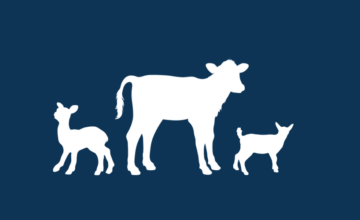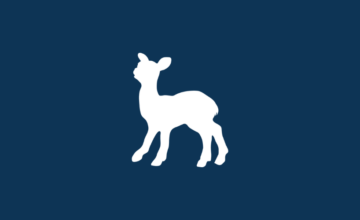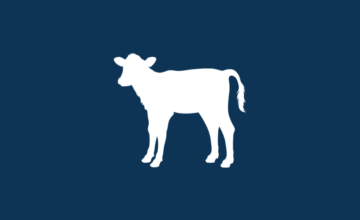The Bottle Baby Dilemma
- Jan 10, 2022
- By Grober Nutrition
- In Canada
Choosing to artificially rear lambs or bottle feed a lamb is a decision that is not made lightly.
‘Which lamb should I remove from the ewe?’
This is a common question when considering artificial rearing. In the case of three lambs, take the lamb that is of different size. If there are three equal sized lambs, take the lamb of the odd sex. For quadruplets, the lambs that are left on the ewe should be as similar as possible. The reasoning behind having similar lambs left on the ewe is to have comparable growth. If the two lambs left on are of similar size, they will grow at a similar rate allowing them to be weaned at the same age. It will also ensure both lambs are receiving equal portions of milk.
When to choose the strongest lamb
However, with an automatic feeder, producers have said the strongest lamb is a better option. This is because the stronger lamb requires less time and assistance to adapt to the automatic feeder. Similarly, when cross fostering, the larger lambs have more strength to fight for milk if the ewe does not fully take to them. Taking the strongest lamb may also help to ensure equal sized lambs on the ewe you choose to cross foster onto, as single lambs tend to be of larger size. These recommendations may not work for everyone, but the end goal should be to create equal sized lambs on both ewes.
Supplemental feeding
Another option instead of removing lambs from a ewe, is topping up or supplementing lambs. This is when lambs are left on the ewe but also fed with milk replacer. For smaller well-managed flocks this system can be beneficial, however the argument can be made that it is more economical to artificially rear the lambs requiring supplementation. This is because those lambs, between supplemental feedings, could steal milk from naturally reared lambs. As well, lambs requiring supplementation generally require additional observation, which is done best when fully artificially reared.
The importance of colostrum
One important note when deciding to artificially rear lambs is that they still need to receive adequate colostrum. A study that looked at litter size in goats and serum IgG levels found that kids from triplet litter sizes had lower IgG levels than kids from twins (Castro et al. 2009). If the ewe is able to raise three lambs, lambs should be supplemented with colostrum to ensure they have adequate serum IgG levels. If a ewe is unable to raise triplets, then pulling one of the lambs early and feeding it colostrum, would allow more colostrum for the two lambs left on the ewe.
A common misconception about artificially rearing lambs is the decreased growth compared to naturally raised lambs. Blanche et al. (2018) demonstrated that lambs raised on milk replacer matched growth rates of lambs raised by the ewe. Therefore, the decision to artificially rear lambs should not be impaired by fear of diminished growth.
While the process of artificially rearing a lamb can require additional time, the economical reward is beneficial.















